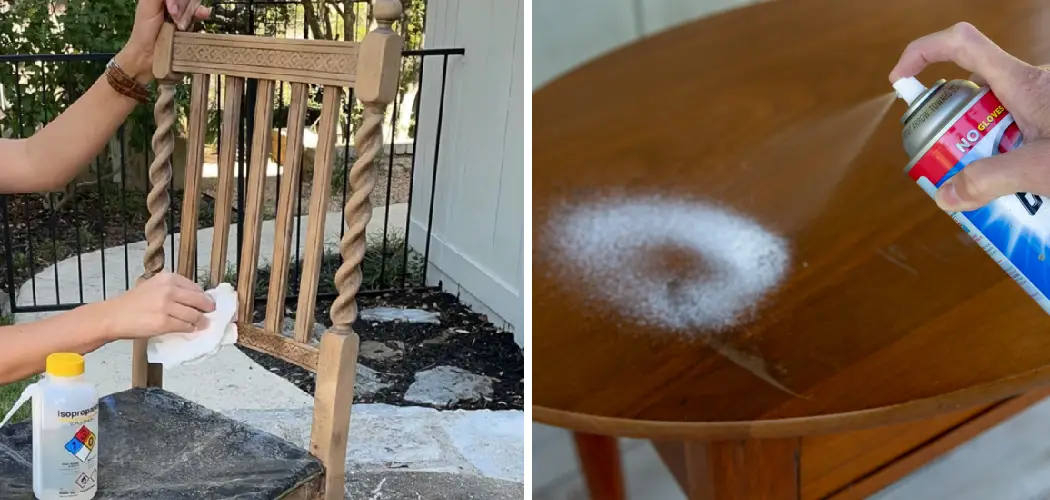Stripping wood can be a challenging task, especially when dealing with tough finishes or intricate details. Traditional methods like sanding or using chemical strippers may not always be effective and can also be time-consuming and labor-intensive.
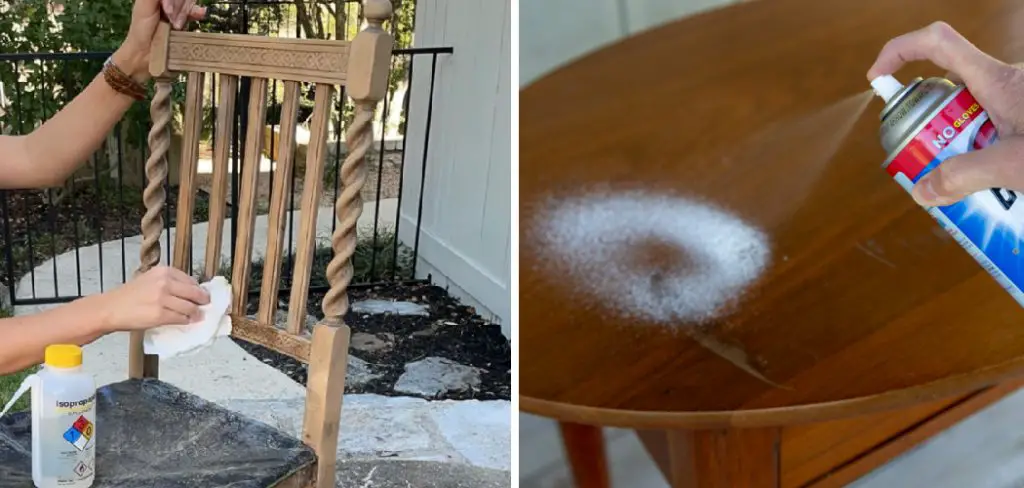
However, an alternative method that you may not have considered is using oven cleaner to strip wood. Oven cleaner contains powerful chemicals that can break down varnish, paint, and other finishes, making it a convenient option for stripping wood surfaces.
In this guide, we will explore step-by-step how to strip wood with oven cleaner, including safety precautions, materials needed, and proper application techniques. Whether you’re refinishing furniture or restoring an old piece, using an oven cleaner can be an effective and efficient way to strip wood and achieve a clean, bare surface.
Is It Better to Sand or Strip Wood?
It can be difficult to decide whether to sand or strip wood. Sanding is the process of removing a thin layer of material from the surface of something using abrasive paper while stripping is the removal of paint, varnish, sealer, and other finishes from a surface.
If you are looking for a quick fix, sanding is the way to go. Sanding can be done by hand or with a power tool, such as an orbital sander. It removes only a thin layer of material and can reveal underlying damage that may not have been visible before.
Stripping is better for larger projects that require more time and effort to complete. It involves using chemical removers, such as oven cleaners, to dissolve the finish from the wood surface. This method leaves behind no residue or marks and can result in a smoother surface ready for refinishing.
The choice between sanding and stripping depends on your project goals and the condition of your wood piece. If you want to quickly remove minor imperfections from a small area of wood, sanding is the best option. However, if you want to completely strip away a finish from a large area of wood, then stripping may be better.
10 Methods How to Strip Wood with Oven Cleaner
1. Gather Materials:
You will need a can of oven cleaner (make sure it contains lye or sodium hydroxide), plastic scraper, wire brush, gloves, safety goggles, and a well-ventilated area. If you plan to apply a new finish, you may also need sandpaper, synthetic steel wool and the desired finish.
While the oven cleaner is not hazardous, it can irritate skin and eyes so it’s important to use proper protective gear. To ensure proper ventilation, open the windows and use a fan to blow fumes away from your workspace.
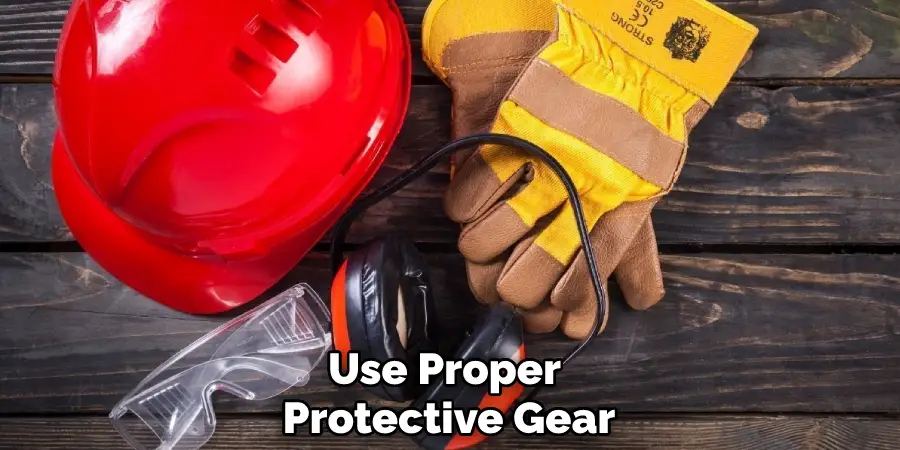
2. Prep the Wood Surface:
Remove any loose debris or dirt from the wood surface. If there is existing paint or varnish, use a plastic scraper to remove as much as possible. Wipe the wood surface with a damp cloth to remove any remaining dust and dirt. Try to avoid sanding the wood if possible, as this may damage the grain.
However, if the wood surface is extremely rough or pitted, use sandpaper to smooth out the surface. Although this will not remove the existing paint or varnish, it will create a smoother surface for applying the oven cleaner.
3. Apply Oven Cleaner:
Spray a generous amount of oven cleaner onto the wood surface, making sure to cover the entire area you want to strip. Avoid overspray and apply in a well-ventilated area. Oven cleaner may contain hazardous chemicals, so make sure to wear protective gloves, goggles and a face mask.
Allow the oven cleaner to sit on the wood surface for 3-5 minutes before attempting to remove the old finish. If the oven cleaner begins to dry out, reapply as necessary. To ensure the best results, use a brush to agitate the wood and ensure that the cleaner has penetrated any crevices.
4. Let it Sit:
Allow the oven cleaner to sit on the wood surface for the time recommended on the label. This typically ranges from 10-15 minutes, but read and follow the instructions on the specific oven cleaner you are using.
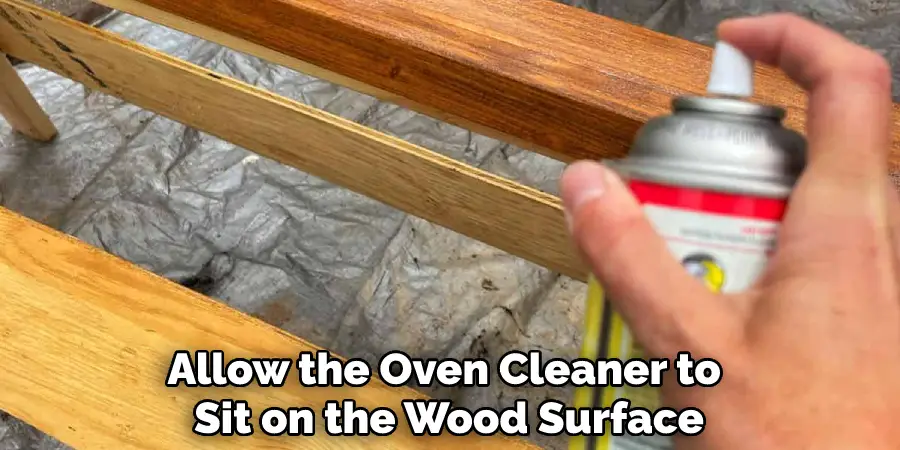
During this time, the oven cleaner will break down the surface of the wood, loosening any paint or finish that is adhered to it. However, do not let the oven cleaner sit on the surface for longer than recommended as it can damage or discolor the wood.
5. Scrape off the Finish:
Use a plastic scraper to gently scrape off the softened finish. Be careful not to gouge or damage the wood surface. If needed, use a wire brush to remove stubborn residue. Make sure to use a brush with soft, pliable bristles. If any of the finish remains, repeat steps 1-4 as necessary.
Although it may seem tedious, patience will pay off in the end. While scraping, it’s also important to remember to wear gloves and protective eyewear. However, if you get any oven cleaner on your skin, immediately rinse off with lukewarm water.
6. Repeat if Necessary:
If there are still traces of finish remaining, you may need to repeat the process, applying more oven cleaner and allowing it to sit before scraping again. Be sure to use new steel wool each time, and always wear gloves to protect your hands. Once you have removed all of the finish, rinse the wood with warm water to remove all residue from the oven cleaner.
Dry the wood thoroughly, and then you can sand it or apply a new finish as desired. Stripping wood with oven cleaner is a safe and effective way to remove old finishes quickly and easily. With a little bit of elbow grease, you can make your old furniture look like new.
7. Clean the Wood Surface:
Once the finish is completely removed, use a clean cloth dampened with water to wipe down the wood surface and remove any remaining oven-cleaner residue. Then, use a dry cloth to completely dry the surface before proceeding with refinishing.
Be sure to also clean any tools that were used during the stripping process. If desired, use a putty knife or scraper to remove any stubborn finish residue. Once the surface is clean and dry, it’s ready to be refinished. Be sure to sand the wood before applying any type of finish for a smooth, beautiful finish.
8. Neutralize the Wood:
To neutralize the effects of the oven cleaner, you can wipe the wood surface with a mixture of water and white vinegar, then rinse with clean water. Make sure to dry the surface well afterward. You can also use a store-bought neutralizing solution, following the package instructions.
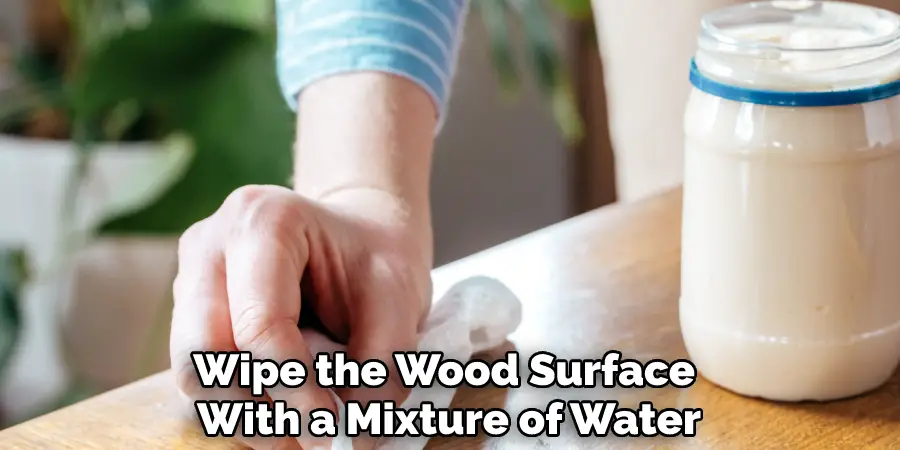
Too much neutralizing solution can actually cause damage to the wood, so use as little as necessary. Once you are satisfied with the results, allow the wood to dry completely before proceeding. You can also use a fan or hair dryer to speed up the drying process.
9. Dry the Wood:
Allow the wood surface to dry thoroughly before proceeding with any further treatments or finishes. This could take several hours or even overnight, depending upon the humidity. If you are using a fan to speed up drying time, be sure it is not directly blowing on the wood.
This could create uneven drying and potentially cause warping. However, a fan in the same room can help the process. Once dry, you may proceed with any further treatments or finishes to protect the wood and keep it looking beautiful.
10. Sand the Wood:
After the wood is completely dry, you may need to lightly sand the surface to smooth out any rough spots or imperfections caused by the stripping process. Start with medium grit sandpaper and gradually move to a finer grit.
It’s important not to over-sand the wood, as this can damage the grain and ruin the finish. Once you are done sanding, wipe down the surface with a damp cloth to remove any dust particles left behind. Your wood is now ready to be sealed and protected!
What Is the Best Chemical to Strip Wood?
When it comes to stripping wood, there are a few options available. The most popular method is to use chemical strippers. Chemical strippers are designed to strip away paints, varnishes, and other finishes from wood. The most common chemical strippers include methylene chloride, caustic soda, and oven cleaner.
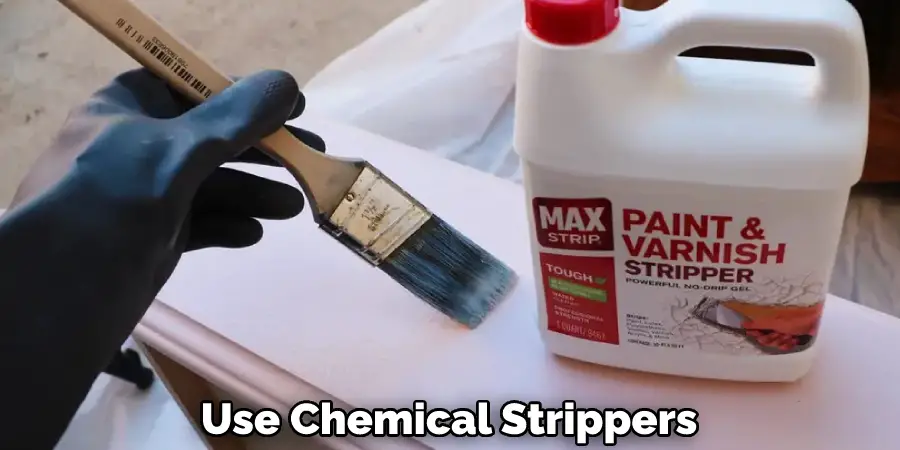
Methylene chloride is one of the most popular chemical strippers available, as it works quickly and has a low odor. It is also quite effective and can strip away even the toughest finishes with ease. However, it is highly toxic and should be used with care.
Conclusion
Stripping wood with oven cleaner can be a practical and time-saving method for removing finishes and restoring the natural beauty of wood. By following the proper safety precautions, gathering the necessary materials, and applying the oven cleaner correctly, you can achieve excellent results.
Always remember to work in a well-ventilated area, wear appropriate protective gear, and read and follow the instructions on the oven cleaner label. So, there you have it – a quick and easy guide on how to strip wood.

